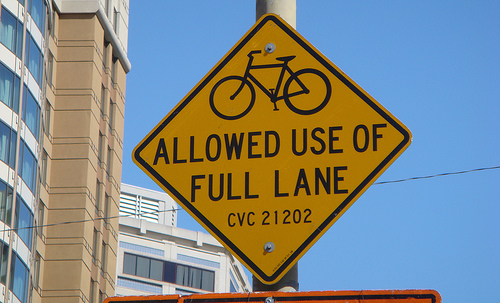So, what are the most common causes of fatal motorcycle crashes in California?
I haven't looked at all of the state, but I have made detailed studies of crashes in the Bay Area and around San Luis Obispo. As it happens, the two riding environments differ dramatically, and so do their motorcycle crashes. That in itself should help guide the Office of Traffic Safety project.
The first attachment shows the causes of fatal crashes in the Bay Area 2006-2007, including the 9 counties on the Bay + Santa Cruz. Because the analysis is time consuming, I've gone back only to 2006, and I haven't finished 2008 yet. When I'm done with '08 it will appear in the 1Rider thread
Motostats 2008.
The 53 SLO fatal crashes 2004-2008 include all SLO County plus southern Monterey and northern Santa Barbara counties--basically the areas where I ride most. It doesn't include the cities of Monterey, Salinas, or Santa Barbara.
Note that I didn't (couldn't) dig any deeper into events that preceded the crash. While a rider might have "lost control on straight" because he was wheelieing, drunk, or overbraking due to inexperience, I have no way of knowing all of the factors, so I report only the trajectories, which I find on the US DOT database. An investigator's conclusion might be that the most signficant factor leading to the crash was the influence of alcohol or excessive speed, but I can't make that determination.
One striking conclusion is that most fatal crashes involve failure of the rider to steer the bike around a curve or to keep it pointed in a straight line. These are basic control problems that indicate lack of training or inexperience. Collisions with vehicles that fail to yield right of way are less of a problem than might be expected, at least in fatal crashes.
The obvious difference between SLO and the Bay Area is loss-of-control crashes vs. right-of-way violation crashes, a difference due to riding environments. SLO has some typical left-turner crashes, but only 6 of the 53 occurred that way, most of them in cities. Rural crashes outnumber urban crashes 2:1 in SLO, while urban crashes outnumber rural crashes in the Bay Area by nearly 3:1.
Rural counties have different kinds of problems than urban counties to deal with in trying to reduce motorcycle deaths. By recognizing those differences, Office of Traffic Safety will be able to target its efforts effectively.









